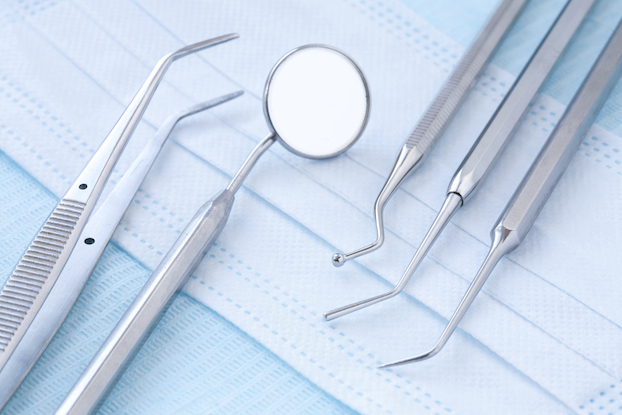It is no secret – going to the dentist can cost a pretty penny, especially if dental insurance is not in the equation. Because of rising dental costs, more and more people are seeking to acquire an individual dental insurance policy. As a physician, you know the importance of good oral health. Scientific studies continue to show an association between multiple health conditions such as heart disease and diabetes, and dental health.
Having a quality dental insurance plan can help you maintain optimum oral health, but there are several things to consider before signing on the dotted line. Let’s review some of the most important things to keep in mind when considering a dental insurance plan.
6 Important Things to Consider When Selecting a Dental Plan
-
In/Out of Network Dentists – Most of us have a dentist we trust and continually use, but your dental insurance provider may not have yours listed as a participating dentist. When speaking with your advisor about an individual plan, ask if the plan will only pay for participating or contracted In-network dentists. Also, you can inquire about a list of participating dentists in your area to see if yours is named, or if there are other providers you would consider using. Keep in mind, some policies will allow you to see Out-of-network dentists, but not all costs may be covered; if a procedure is covered, it is usually at a significantly less percentage.
-
Yearly Maximum – Most dental insurance providers have a yearly maximum they will pay out per person. Benefits you have not used during one year’s time will not roll over. To give you an idea of benefits, most insurance companies average $1,000 per year in dental allowance, however, your advisor will tell you the specific amount for the plan you choose.
-
UCR – UCR stands for Usual Customary and Reasonable, which is a fee guide. Your dental insurance provider will set their own price for each dental procedure they cover. This price has nothing to do with the amount your dentist charges for each service. An example of this would be a dental office charging $65 for a regular dental cleaning, but your insurance provider only paying up to $50, because that is the UCR fee they have set.
-
Dental Insurance Waiting Periods – Most dental insurance companies will have a time period they may make you wait before covering a specific procedure. If you are in need of an upcoming procedure, have your advisor check to see if you will need to pay for it out of pocket because of a waiting period.
-
Replacement and/or Missing Tooth Clause – Keep in mind, over 90 percent of dental insurance policies have a replacement and/or missing tooth clause within them, which protect the insurance company. If you have a missing tooth before you purchased the policy, the company will not pay for a replacement. Also, replacement procedures such as dentures, bridges and partials are usually not covered until a specific amount of time has passed and will typically have limited coverage.
-
Orthodontia Coverage – If you have children, or are an adult in need of orthodontic work, examine potential orthondontia plans. These family or stand alone plans offer orthdontic benefits and discounts to adults and children, and in many cases, the benefits are separate from the yearly maximum discussed earlier. Prior to enrolling, be sure to find out if the plan is subject to a waiting period.
Now that you are familiar with common stipulations and benefits of dental insurance policies, here is a quick breakdown of how most dental insurance providers categorize each procedure. This is important to know because some dental providers will only cover certain categories. If you know most of your dental work is going to fall into one of the following three categories, confirm with your advisor if it is covered before signing up.
Category 1 – Preventative: Routine cleanings and examinations are considered preventative by most insurance companies, however, sealants, X-rays, and fluoride treatments may fall into the preventative or basic category. This will depend on your specific provider.
Category 2- Basic/Restorative: This category usually covers simple extractions, fillings and even root canals (although there are a few insurance providers who consider root canals a major procedure). Be sure to check with your advisor to see what is covered in this category, as most people will need these types of services at some point.
Category 3 – Major: Surgical extractions, dental implants, crowns, bridges, etc. are several procedures that fall into this category.
In order to determine which dental insurance provider will work for you, it is best to speak to a knowledgeable advisor who understands each provider’s pros and cons. Look for individual dental plans that offer 100% of preventative care in-network, access to out-of-network providers, Orthodontics coverage, and low deductibles.
Don’t let the rising cost of dental procedures prevent you from optimal oral health – speak with a trusted advisor today and improve your overall health with proper dental care. Feel free to reach out to us and we’ll partner you with an advisor who can provide answers to any questions you may have and find a plan that’s tailored to your specific needs.





